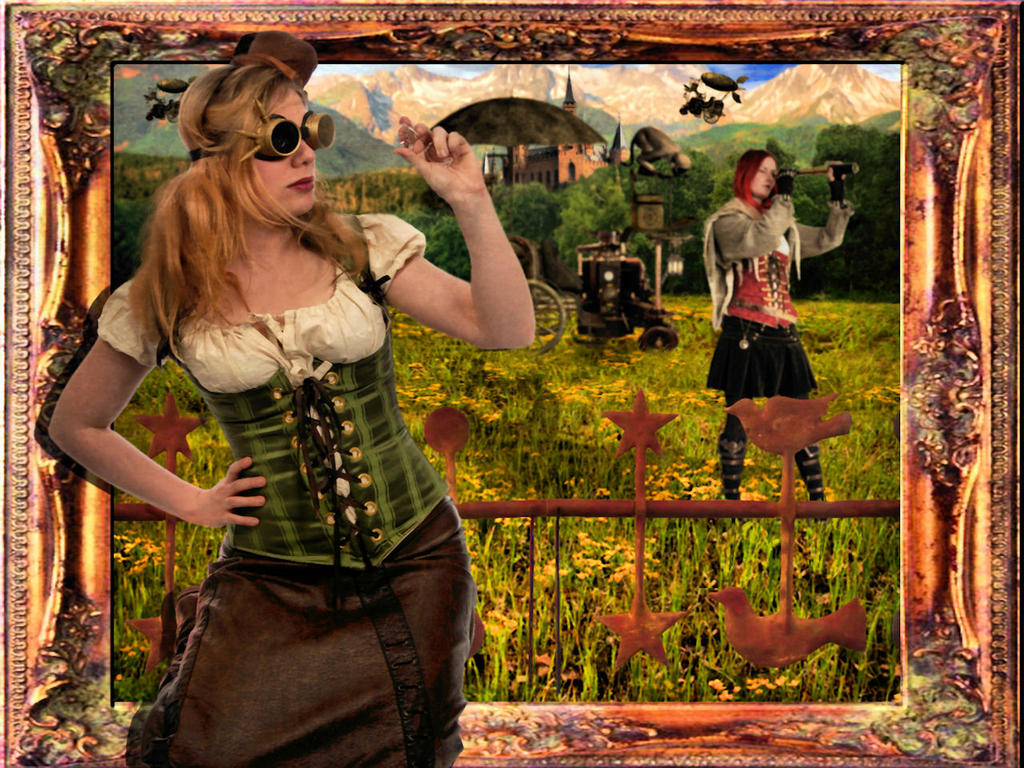ShopDreamUp AI ArtDreamUp
Boo!
Long Boo Time, No Boo See
Yes, I've been away a very long while, but it's been difficult for me to be here on even a part-time basis, and those who know me know why.
Still, I have checked in now and then to change my front page and to give out a few :fav:s, and it's always nice to see familiar deviants.
:hug:
These past four years, I've noticed that it's difficult for deviants to remember you when you're not around, and I've noticed that the few of my non-photomanipulations that I have uploaded have received very little notice. Ode' to the forgotten days gone by, eh?
Well, I haven't forgotten you and that's what's important. :heart:
So for those of you who simply
Taking A Break
GROUP NEWS
Hi Members.
First, I want all of our members and friends who live in the east coast and west coast of the United States to know that you and your families are in my prayers. I cannot imagine what you're going through, but I do know what it's like to lose everything that you loved and own.
And bless those of you who are attempting to save lost cats and get them back to their owners.
~cocoheartplz (https://www.deviantart.com/cocoheartplz)
I'm sorry everyone, but I've found that I need to take a break from the group until the end of the month. I normally take a break at the end of the year, but I didn't this time, and now I'm finding that I physically and mentally s
Challenge Postpone!
GROUP NEWS
Sorry, members, but this challenge is postponed. Look for information in the current journal,
Taking A Break
OUR CURRENT CHALLENGE
We once did a "Do What You Want" One Stock Challenge where everyone did something extremely different with the same one stock. It was a very successful challenge. Here are some samples:
:thumb444525174: :thumb443351975: :thumb442988316: :thumb443865990:
You're also get to do what you want, but the difference is, you're going to be able to choose any stock from AdorkaStock (https://www.deviantart.com/adorkastock)'s account!
Now, AdorkaStock (https://www.deviantart.com/adorkastock) has been putting stock together for artist to use as a resource for ten years at d
Featured in Groups
Comments10
Join the community to add your comment. Already a deviant? Log In
Thanks!!




















